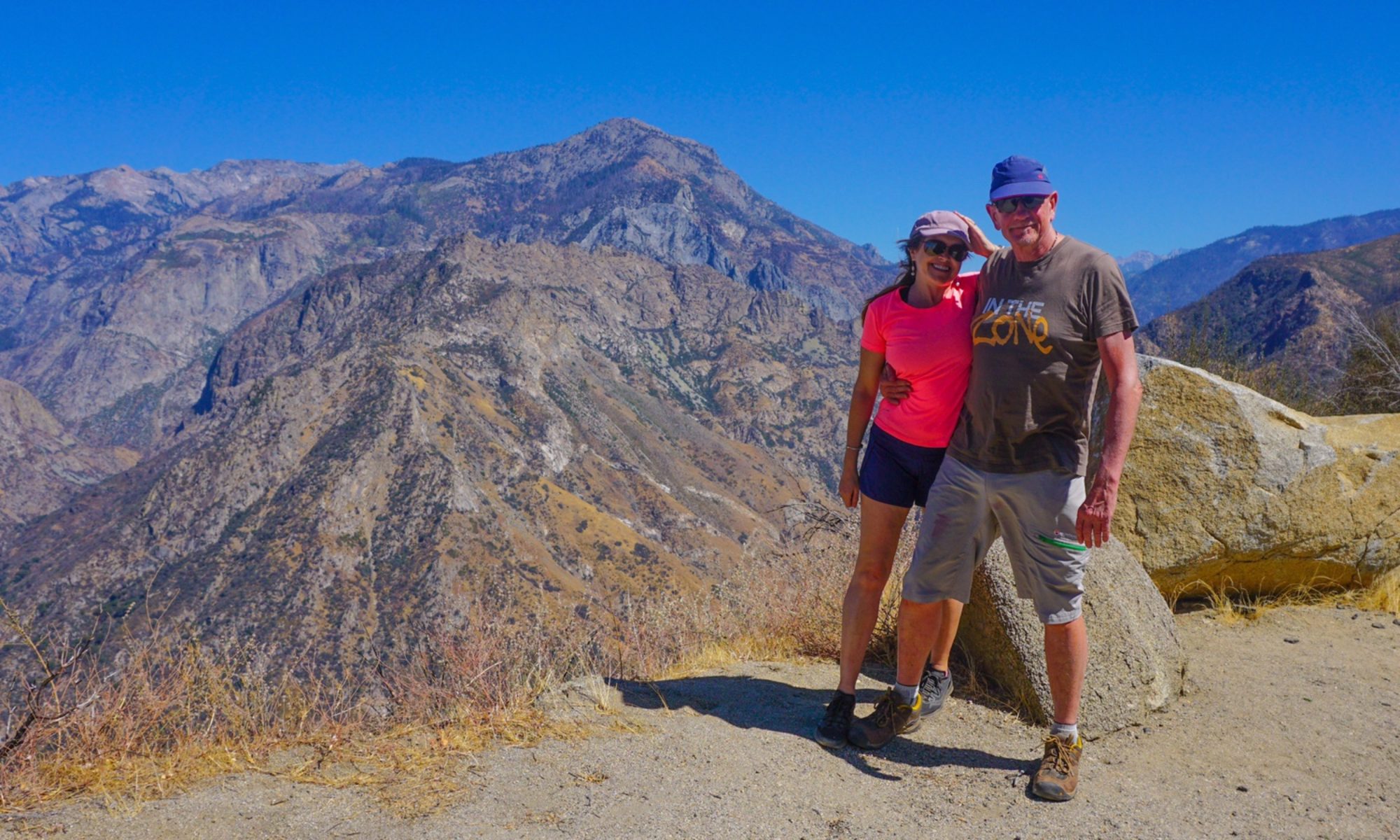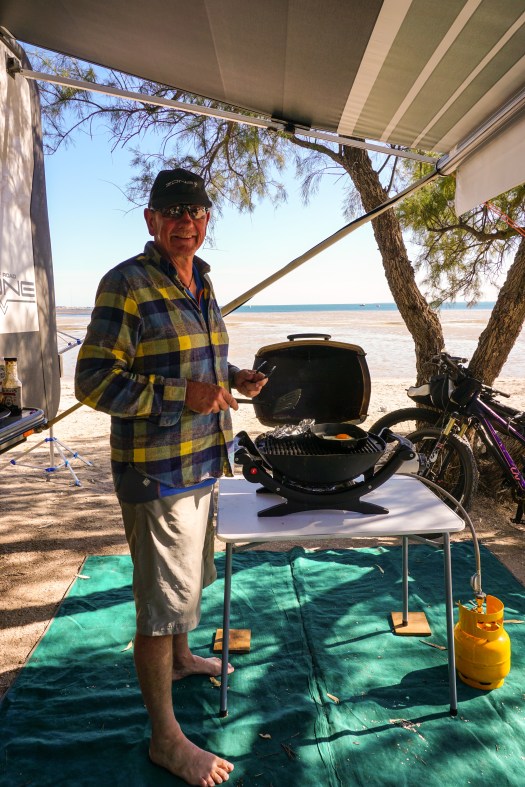Author: Mrs A
Location: Coffin Bay National Park
Distance walked: 5km
After a couple of humid and overcast days, Monday morning dawned with blue skies. Following breakfast and some exploration time for Miss Tassie, Mr A and I drove into Coffin Bay National Park.
We had heard many great things about the park, its stunning scenery and plentiful wildlife, and we were looking forward to seeing it for ourselves. It didn’t take long for the wildlife to emerge – a group of emus crossing the road in front of us, a fair reminder why there is a 40km/hr speed limit.

Our first stop was the Templetonia Lookout, providing views across the sand dunes, over Thorny Passage Marine Park and over to Mount Dutton in the distance. Wispy clouds raced across the sky, reminding us that a change in the weather is approaching, with storms and showers due tomorrow. The flies were out in their hundreds as well – attempting to get into every orifice!

*

From there, we headed over to Point Avoid, with lookouts over Golden Island and the Whidbey Isles Conservation Park. Lovely views across stunning turquoise waters and pristine sandy beaches. Looking out at the water I was reminded of the powerful dangers that lurk beneath, and wondered where our nearest great white shark might be…the warning signs on the cliffs advised us of everything but!

Thankfully in this direction there was a gentle breeze which saw off the swarms of flies and made life outside of the car a little more pleasant.
One thing we found intriguing (and somewhat sad) was the lack of recognition of the indigenous residents of this area. From our travels in Western Australia we learned that every bay, cove and island has already been named, often for thousands of years, and yet all we see here are the names provided by explorers in relatively recent times. There is barely a mention of the aboriginal population, other than to say they found food here. I am certain they had much more fitting names for the likes of ‘Misery Bay’, ‘Sudden Jerk Island’, ‘Seasick Bay’, ‘Phantom Cove’ and ‘Dead Man Corner’ – all locations within the park.
Still, the scenery did take our breath away, despite the fact we have been very much spoiled over the past few months with incredible locations. We walked down onto Almonta Beach for a walk along the water’s edge, recognising this is probably the last deserted beach we will be on for a long while.


We returned to camp for the afternoon and spent it in the shade, reading. We are really not used to these temperatures – it’s very warm 31 degrees – this time last week we had our heating on, and now we have the air conditioning!
I guess we ought to enjoy it while we can – it’s meant to cool right down after a day of thunder storms and showers tomorrow, and no doubt we will be complaining of the cold again.
We enjoyed a final serving of freshly harvested and shucked oysters, before whipping up a chicken Pad Thai for dinner.




























 I lost track of how long I was under water this time, but was ready for a hot shower by the time I climbed back out on to the boat. What a fantastic view of some incredible creatures. Apparently they have very poor eyesight and their only way of testing their food is with their teeth. They don’t actually eat humans once they have attacked. We are much too bony. They far prefer the fat and blubber of a seal.
I lost track of how long I was under water this time, but was ready for a hot shower by the time I climbed back out on to the boat. What a fantastic view of some incredible creatures. Apparently they have very poor eyesight and their only way of testing their food is with their teeth. They don’t actually eat humans once they have attacked. We are much too bony. They far prefer the fat and blubber of a seal.



























































 With darkness the flies vanished, and we retired for dinner and a good night’s sleep…we hope.
With darkness the flies vanished, and we retired for dinner and a good night’s sleep…we hope.